Introduction and description of Darwin small Farmer washing Pacas Coffee beans in St. Vincent treatment Plant, Honduras
After the geisha Geisha and Pacamara Pacamara varieties, Pacas has attracted a lot of attention.
Natural selection in theory of evolution!
Life is like this! It's the same outside life!
The same is true of the richness and diversity in the world of coffee!
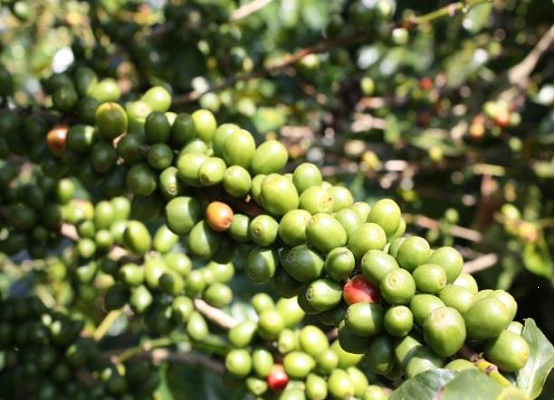
High-quality flavor will no longer be so simple (Arabica)!
Pacas variety: bourbon variety, unique aroma! Good quality!
Juicy! Sweet! Submissive
Strict handling of "Darwin small Farmer" x "St. Vincent treatment Plant"
Central America / Honduras
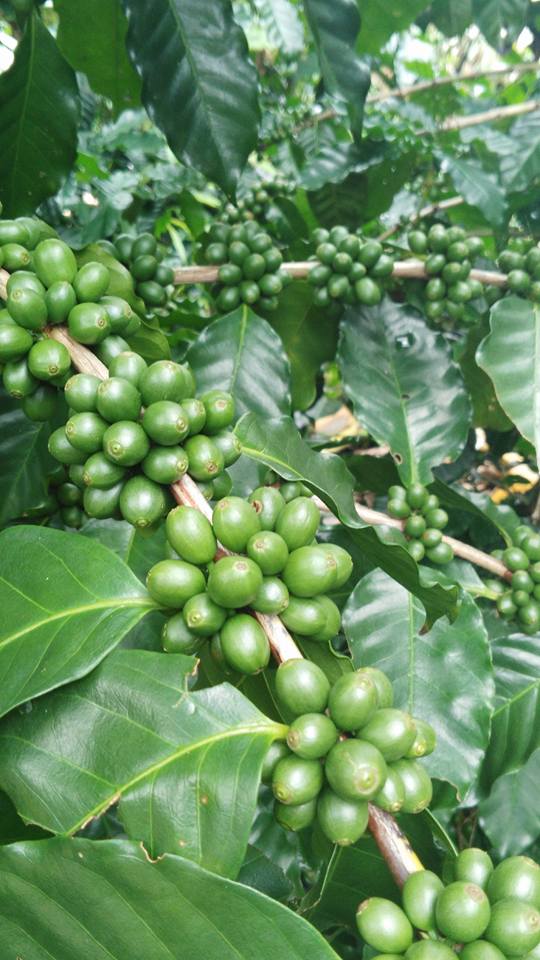
St. Vincent treatment Plant Darwin small Farmer washing Pacas species
Baking: baking in shallow
Flavor: red apple aroma ripe, juicy and sweet, creamy!
Nougat and pleasing sugarcane are obviously sweet.
Sweet tones are meticulous!
The taste is round and soft.
Country: Honduras
Producing area: Pena Blanca town, Santa Barbara (Santa Barbara)
Producer: Darwin's small farmers
Processing plant: St. Vincent treatment plant
Variety: Pacas
Treatment method: washing treatment method
Altitude: 1500 m
St. Vincent's treatment yard
One of the ancient classic processing plants in Honduras, San Vicente is a family-run processing plant, which is well-known locally.
St. Vincent processing plant for the gatekeeper, so that the quality of coffee beans more improved! Provide producers with educational courses for technical upgrading
Closer to the details of coffee bean production!
In addition to technology, but also improve production equipment!
Each batch of coffee beans must go through the professional cup test and grading of the processing plant, with such strict quality control.
(Mr. Angel Arturo Paz, a famous local agronomist) presided over the St. Vincent treatment Plant (San Vicente)
This is the secret of why the San Vincent processing ground in Honduras is often a long-winning team in the COE (Cup Of Excellence) Cup.
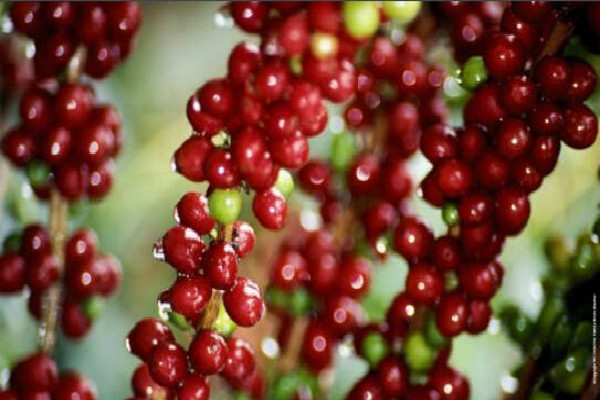
St. Vincent's processing plant buys coffee grapes from farmers in the surrounding towns of El Cielito, Las Flores and El Cedral.
Although the number is so small that it is usually difficult to separate these small farmers' output batches.
However, due to the beautiful and unique climate, the treatment plant gives great help to small farmers in terms of knowledge, technology and economy.
The coffee produced in this area has always been amazing with high sweetness and fruity.
Honduras
Coffee has been grown in Honduras for more than 200 years (it began in 1804)
According to statistics, the planting area now reaches 280000 hectares, all of which are mainly small-scale coffee farmers. 92% of coffee farmers in Honduras belong to small individuals.
Most of its coffee plantations cover less than 3.5 hectares, and these small coffee farmers account for 60% of Hongguo's coffee production! Coffee is a very important crop in Honduras.
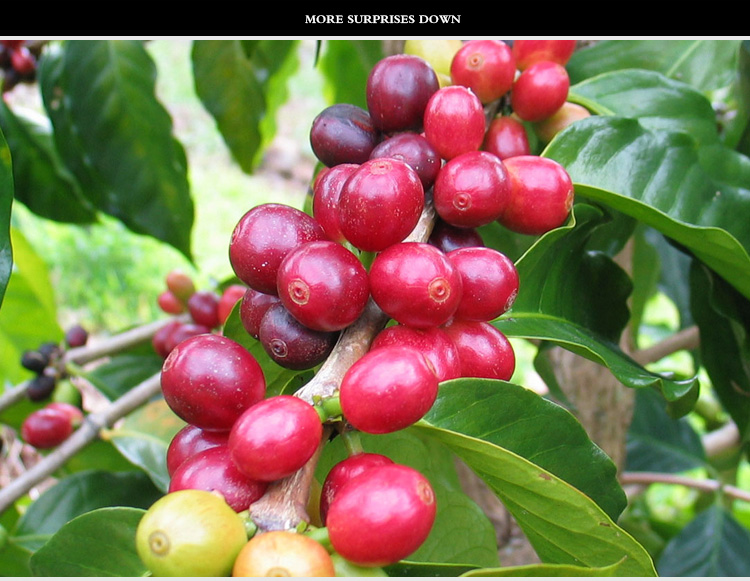
In the coffee garden, coffee farmers harvest red fruits, wash and ferment them and grade them according to the needs of the market to meet the different tastes of consumers.
Honduras collects 3 million bags of coffee every year, supplying high quality coffee and unique coffee flavor.
Large quantity and high quality! Now it has become the largest producer in Central America and the top ten coffee exporters in the world.
Honduran coffee has always been of high quality, and its price is the most competitive in Central American countries.
Small, round, slightly bluish-green coffee, mild sour, full and slightly sweet
The United States, Germany and Japan all like Honduran coffee very much! Honduras is already the largest coffee producer in Central America, its production has been increasing in recent years, and coffee is becoming more and more refined.
Important Notice :
前街咖啡 FrontStreet Coffee has moved to new addredd:
FrontStreet Coffee Address: 315,Donghua East Road,GuangZhou
Tel:020 38364473
- Prev
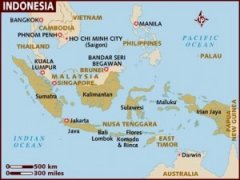
Indonesia Flower Island Flores Coffee planting treatment Honey treatment Huang Kadura Yellow Caturra
Professional barista communication please follow the coffee workshop (Wechat official account cafe_style) Flower Island Flores is a smaller island in Indonesia, located 320km east of Bali in Bali, where coffee is grown at an altitude of 1200,800m above sea level, that is, on the steep slopes of a number of active and dormant volcanoes, the volcanic ash soil is rich in nutrients, allowing coffee trees to produce high-quality coffee cherries.
- Next
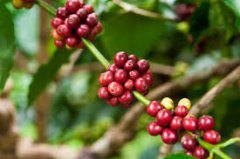
Introduction to Finc El Campanario of Masaguara Bell Tower Manor, Masaguara District, Honduras
For the exchange of professional baristas, please pay attention to the Coffee Workshop (official Wechat account cafe_style). The clock tower manor Finca El Campanario is located in Masaguara, Massaguara District, Honduras, that is, southwest-central Hongguo. The owner of the manor is Victoria Aquila Viatoria Aguirra. Victoria started with only one acre of coffee, which is 1650 meters above sea level.
Related
- Does Rose Summer choose Blue, Green or Red? Detailed explanation of Rose Summer Coffee plots and Classification in Panamanian Jade Manor
- What is the difference between the origin, producing area, processing plant, cooperative and manor of coffee beans?
- How fine does the espresso powder fit? how to grind the espresso?
- Sca coffee roasting degree color card coffee roasting degree 8 roasting color values what do you mean?
- The practice of lattes: how to make lattes at home
- Introduction to Indonesian Fine Coffee beans-- Java Coffee producing area of Indonesian Arabica Coffee
- How much will the flavor of light and medium roasted rose summer be expressed? What baking level is rose summer suitable for?
- Introduction to the characteristics of washing, sun-drying or wet-planing coffee commonly used in Mantenin, Indonesia
- Price characteristics of Arabica Coffee Bean Starbucks introduction to Manning Coffee Bean Taste producing area Variety Manor
- What is the authentic Yega flavor? What are the flavor characteristics of the really excellent Yejasuffi coffee beans?

